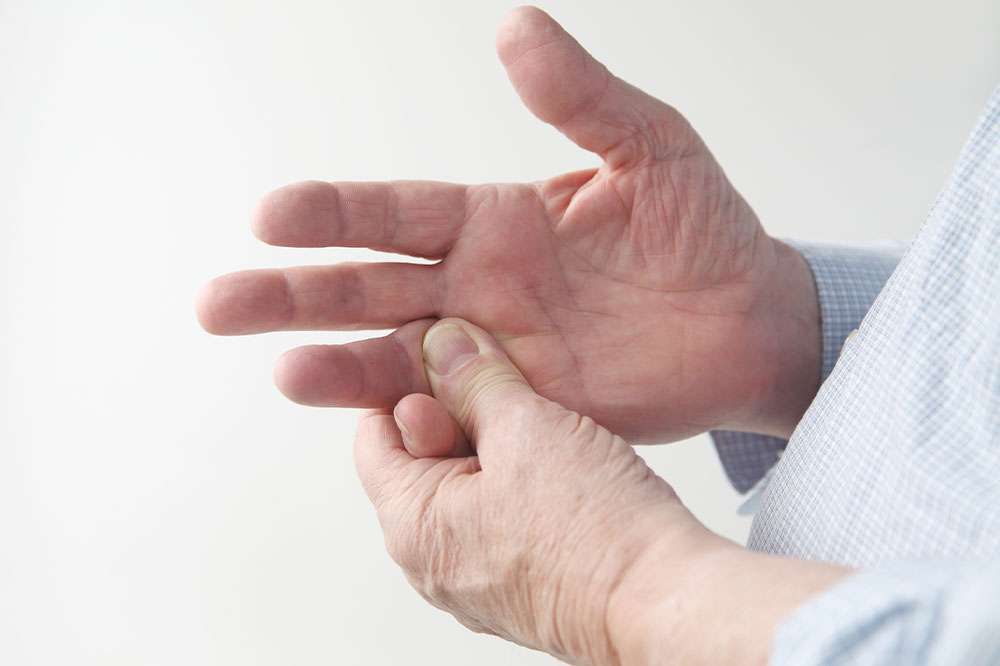Ways to manage and avoid rheumatoid arthritis

Rheumatoid arthritis (RA) is a common health condition that leads to pain, swelling, loss of function, and joint stiffness. While the exact cause of RA is not known, healthcare experts say that factors like the environment, genes, and hormones influence the condition. Some people experience the disease for a short period, while others experience chronic symptoms. In either case, it is always good to learn a few ways to manage and avoid rheumatoid arthritis.
Regular exercise
Gentle exercises regularly will help strengthen the muscles around the joints. Speak to your doctor about the exercises suitable for your condition. Starting with a simple walk and then moving on to biking will also benefit your muscles.
Learning relaxation techniques
Other than exercise, involving yourself in relaxation activities can also help improve rheumatoid arthritis. Guided imagery, muscle relaxation, yoga, and guided imagery are a few relaxation methods to help soothe the pain.
Practicing Tai chi
The method is preferred to relieve stress in a person’s life. Studies have further revealed that Tai chi helps improve mood and quality of life in people with rheumatoid arthritis. The method combines gentle exercises, stretching, and deep breathing. Be sure to learn from a professional instructor, and avoid any movements that may increase your pain.
Eating healthy foods
Several foods can help reduce the effects of rheumatoid arthritis. Fish is one such food good for RA. It contains omega-3 fatty acids, vitamins A, D, and other properties known to reduce inflammation in people with RA. Including foods like walnuts, strawberries, oranges, kale, spinach, and low-fat dairy products can also help limit the pain caused by rheumatoid arthritis.
Steering clear of pollutants
Pollutants in the environment like chemicals used for cleaning and manufacturing may also trigger health problems linked to RA. According to research, if people with the HLA gene have rheumatoid arthritis, they might experience an increase in inflammation when exposed to chemicals like dioxin.
Foods to avoid
There are several foods that can worsen the symptoms of rheumatoid arthritis. Some of them are:
Red meat
Red meat is high in saturated fats and omega-6 fatty acids. Saturated fats are known to worsen the symptoms of rheumatoid arthritis, such as increasing the pain in the joints. Research indicates that people who cut down on meat found a significant reduction in the inflammation of their joints.
Fried Foods
Foods cooked in oils are generally high in saturated fat and omega-6 fatty acids. Fried foods also contain salt, breading, and added sugars. These elements are known to increase inflammation and the symptoms of RA. Fried foods can also lead to other health conditions like obesity.
Processed foods
Though processed foods are easy-to-cook, they contain sugars, saturated fats, and refined flour. These ingredients can trigger the symptoms of rheumatoid arthritis and also worsen any existing symptoms.
Gluten
Foods like wheat, barley, triticale, and rye are rich in a group of proteins called gluten. And people who eat foods rich in gluten are susceptible to an increased risk of RA. Furthermore, those with celiac disease are even more likely to develop the symptoms of rheumatoid arthritis.










